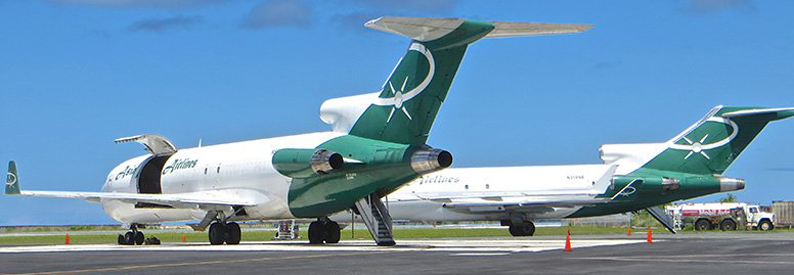Asia Pacific Airlines See Strong Growth in 2024 Traffic

Airlines in the Asia Pacific region recorded impressive traffic growth in 2024, marking a successful year for the industry, according to preliminary figures released by the Association of Asia Pacific Airlines (AAPA). Both the international passenger and cargo markets experienced solid growth, fueled by increased flight frequencies and the booming e-commerce sector. Additionally, disruptions in maritime shipping led to a rise in air cargo volumes.
In total, Asia Pacific airlines carried 365 million international passengers in 2024, a 30.5% increase compared to the previous year. This surge in passenger numbers reflects strong demand across the region, particularly on regional routes, and highlights the ongoing recovery post-pandemic. Revenue passenger kilometers (RPK), a key metric for measuring demand, grew by 28.0%, while the average international passenger load factor rose by 0.9%, reaching 81.6% for the year.
Air cargo also saw a robust recovery in 2024 after two years of decline. Demand, measured in freight ton kilometers (FTK), rebounded strongly with a 14.9% increase, slightly outpacing a 14.6% growth in offered freight capacity. This led to a marginal rise of 0.2 percentage points in the average international freight load factor, which reached 61.0% for the year.
Subhas Menon, AAPA Director General, attributed the growth to factors such as the post-pandemic recovery on North East Asia routes, eased visa policies, and sustained demand in both leisure and business travel markets. “2024 was a strong year for Asia Pacific airlines,” Menon said. “This resulted in a 30.5% increase in the number of international passengers carried for the year, reaching a total of 365 million.”
Looking to 2025, Menon remains cautiously optimistic, noting that the outlook for air travel markets remains positive, though growth rates are expected to moderate. Airlines are still facing challenges, including rising costs related to labour, maintenance, and aircraft leasing, as well as operational pressures due to delays in aircraft deliveries. To address these hurdles, airlines are focusing on cost management strategies and pushing for commitments from equipment suppliers to resolve supply chain issues while continuing to invest in growth opportunities.
Related News : https://suspicious-zhukovsky.67-21-117-18.plesk.page/?s=Asia+Pacific+Airlines
